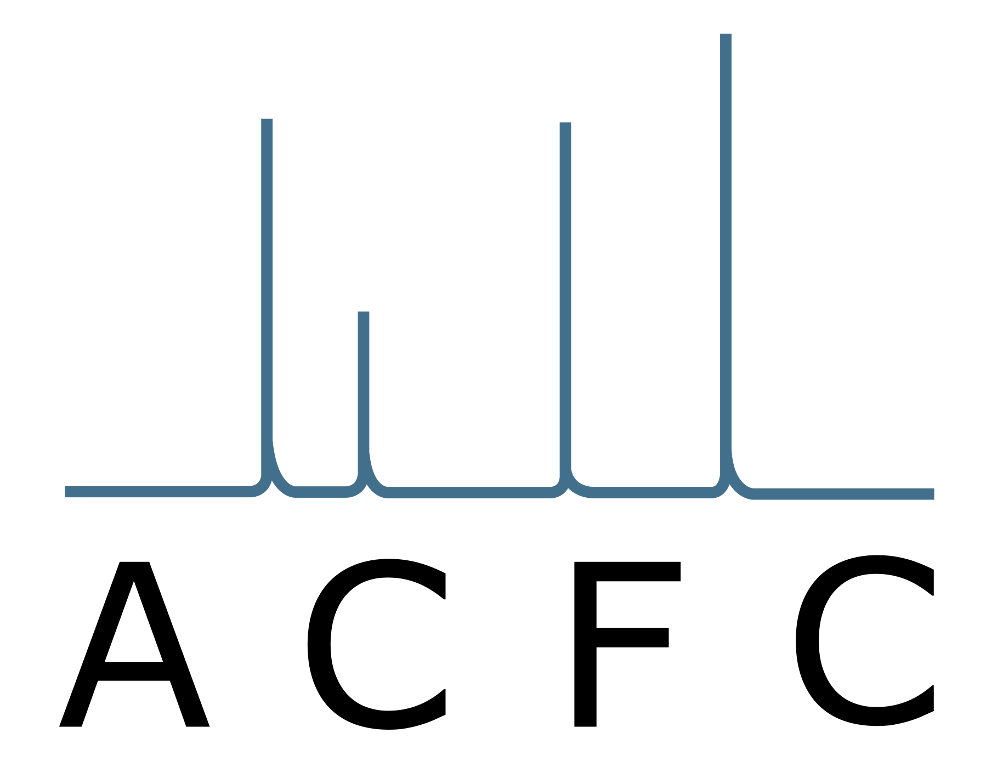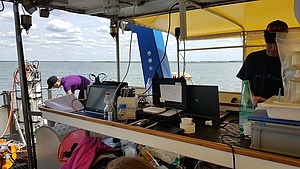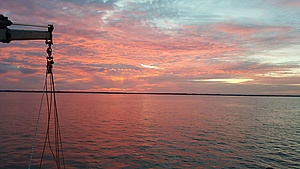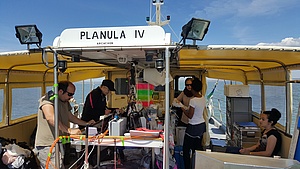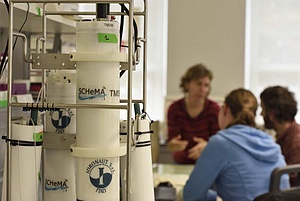Publications
2018
Zieger, S., Seoane, S., Laza-Martínez, A., Knaus, A., Mistlberger, G. & Klimant, I.
Spectral characterization of eight marine phytoplankton phyla and assessing a pigment-based taxonomic discriminant analysis for the in-situ classification of phytoplankton blooms.
Environ. Sci. Technol. (submitted)
Zieger, S., Mistlberger, G., Troi, L., Lang, A., Confalonieri, F., Klimant, I.
Compact and low-cost fluorescence based flow-through analyzer for in situ quantification and early-stage classification of toxic algal blooms.
Environ. Sci. Technol.
DOI: 10.1021/acs.est.8b00578
Akter, M.; Auguste, M.; ... Zieger, S.; Tercier-Waeber, M.; Nardin, C.;
SCHeMA EU Project Summer School Report (Bilbao June 16 – 17, 2016).
CHIMIA International Journal for Chemistry
DOI: 10.2533/chimia.2017.607
2017
B.J. Müller, G. Mistlberger, I. Klimant
Insights in the determination of Saxitoxin with fluorogenic crown ethers.
Chemical Monthly
DOI: 10.1007/s00706-017-2074-x
B.J. Müller, T. Rappitsch, Ch. Staudinger, Ch. Rüschitz, S.M. Borisov, I. Klimant
Sodium-Selective Fluoroionophore-based Optodes for Seawater Salinity Measurements.
Analytical Chemistry
DOI: 10.1021/acs.analchem.7b01373
2016
B.J. Müller, S.M. Borisov, I. Klimant
Red- to NIR-Emitting, BODIPY-Based, K+-Selective Fluoroionophores and Sensing Materials.
Advanced functional materials
DOI: 10.1002/adfm.201603822
B.J. Müller, N. Steinmann, S.M. Borisov, I. Klimant
Ammonia sensing with fluoroionophores – A promising way to minimize interferences caused by volatile amines.
Sensors and Actuators B: Chemical
DOI: 10.1016/j.snb.2017.08.209
2015
M.-L. T. Waeber, E. Bakker, C. Nardin, S. Mongin, E. Prado, M. C. Botia, B. Mazaikoff, F. Luxenburger, I. Klimant, G. Mistlberger, B. Mueller, …
FP7-OCEAN-2013 — SCHeMA: Integrated in situ chemical mapping probes.
IEEE, pages 1–5
DOI: 10.1109/OCEANS-Genova.2015.7271560

